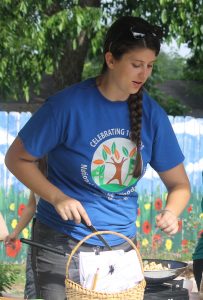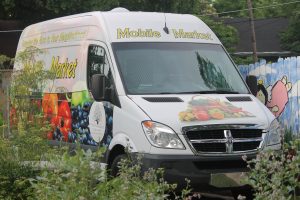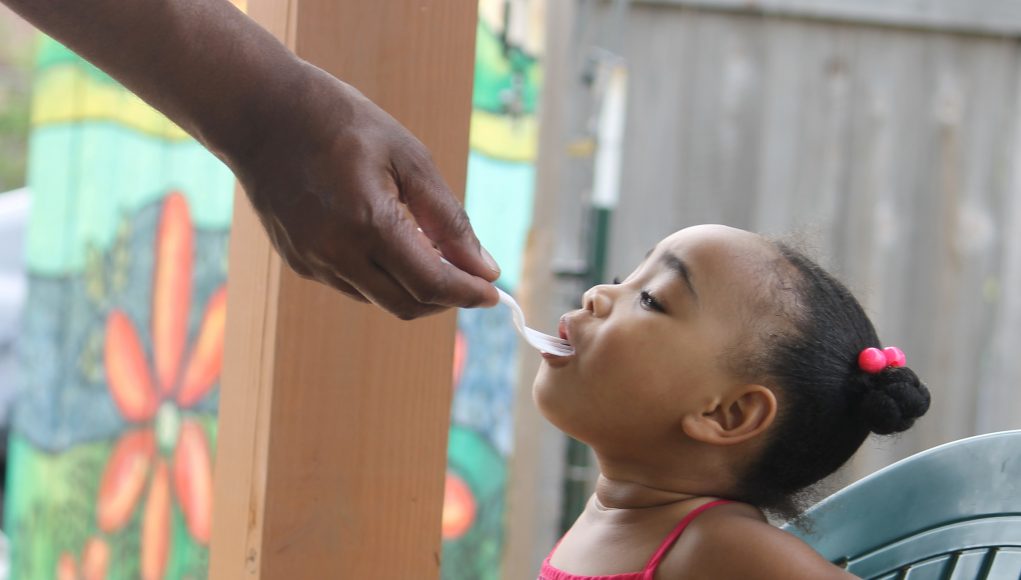This article originally appeared in the Summer 2016 Print Edition released June 9, 2016.
When is the last time a grocery store set up shop in your neighborhood? For some of us, the lack of a nearby grocery store is a daily reality. I’m lucky enough to live within a mile of at least four full-service supermarkets. I have a car, which puts the plethora of other supermarkets in town, as well as several farmers’ markets, within reach. My job pays me well enough to afford my necessities and then some. I leave work at a reasonable hour, knowing each of those stores is still open and that it’s still a safe hour for me to shop. However, these are all luxuries that many people in Shreveport don’t have.
Neighborhoods where geography, income, or other socioeconomic barriers limit access to fresh fruits and vegetables, are called “food deserts,” and according to the USDA, Shreveport has a whopping nineteen of them! Most of us are fortunate enough to be blissfully unaware of food deserts and the struggles of the residents therein. As Shreveport Green’s Mobile Market Coordinator, I strive daily to address these issues for those of us who are all too aware of these struggles.
 We bring fresh, locally grown produce directly to low-income neighborhoods and sell these foods for low, low prices. Much of it comes from our urban farm at the Food Bank on Texas Avenue, and the rest comes from nearby farmers. Because the produce we sell is strictly local, all of our produce is seasonal. This means we offer a different selection of vegetables than what is often available in the grocery store (when is the last time you saw a rutabaga in a grocery store?) and everything offered is only available for part of the year. We are beholden to what can be grown here.
We bring fresh, locally grown produce directly to low-income neighborhoods and sell these foods for low, low prices. Much of it comes from our urban farm at the Food Bank on Texas Avenue, and the rest comes from nearby farmers. Because the produce we sell is strictly local, all of our produce is seasonal. This means we offer a different selection of vegetables than what is often available in the grocery store (when is the last time you saw a rutabaga in a grocery store?) and everything offered is only available for part of the year. We are beholden to what can be grown here.
Despite these challenges, we are growing! This year, we started in March and have already sold over 800 pounds of vegetables. That’s equivalent to what we sold altogether last year! We distribute food in eleven locations, four of them new this year, including MLK, Allendale, and downtown. We are constantly striving to improve our produce selection and are taking a huge step toward this goal and toward financial sustainability by growing much of our own produce. Our new urban farm will also allow us to extend our market season, allowing us to sell even in the winter when other local farms stop producing.
We also provide free recipes as well as cooking demonstrations. Each demo features a simple, healthy recipe made with ingredients available at our market that day. Customers are often surprised to learn that they enjoy sweet potatoes lightly sprinkled with spices rather than slathered with butter and brown sugar.
 Through our efforts, we have proven that there is a need for fresh produce that is not being met by conventional grocery stores. Moreover, people want this food, even beyond the point of meeting their needs. As we have improved our program, we have never seen a lapse in demand, and there are still food deserts we haven’t yet reached.
Through our efforts, we have proven that there is a need for fresh produce that is not being met by conventional grocery stores. Moreover, people want this food, even beyond the point of meeting their needs. As we have improved our program, we have never seen a lapse in demand, and there are still food deserts we haven’t yet reached.
I can’t help but hope that someday Mobile Market won’t be necessary – that there will be no more food deserts. For-profit grocery stores, however, it makes little sense to move into low-income neighborhoods far from their target demographic and even less sense to sell their produce below market value. It seems that the problem of food deserts will remain unsolved until every Shreveport resident is paid a decent living wage. Until then, we will work to improve our program to ensure access to fresh food for all of Shreveport’s residents.
Photos by Kathie Rowell


